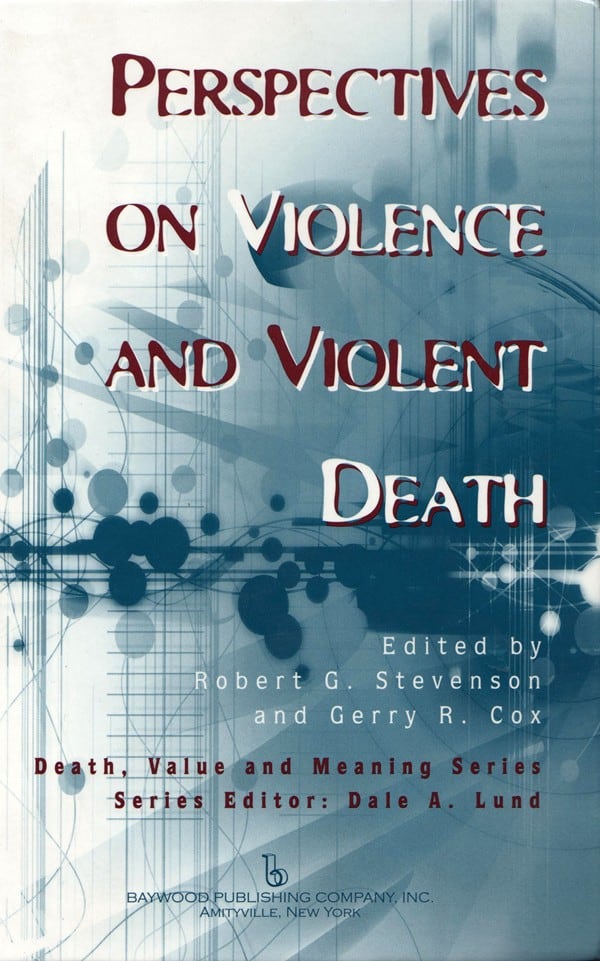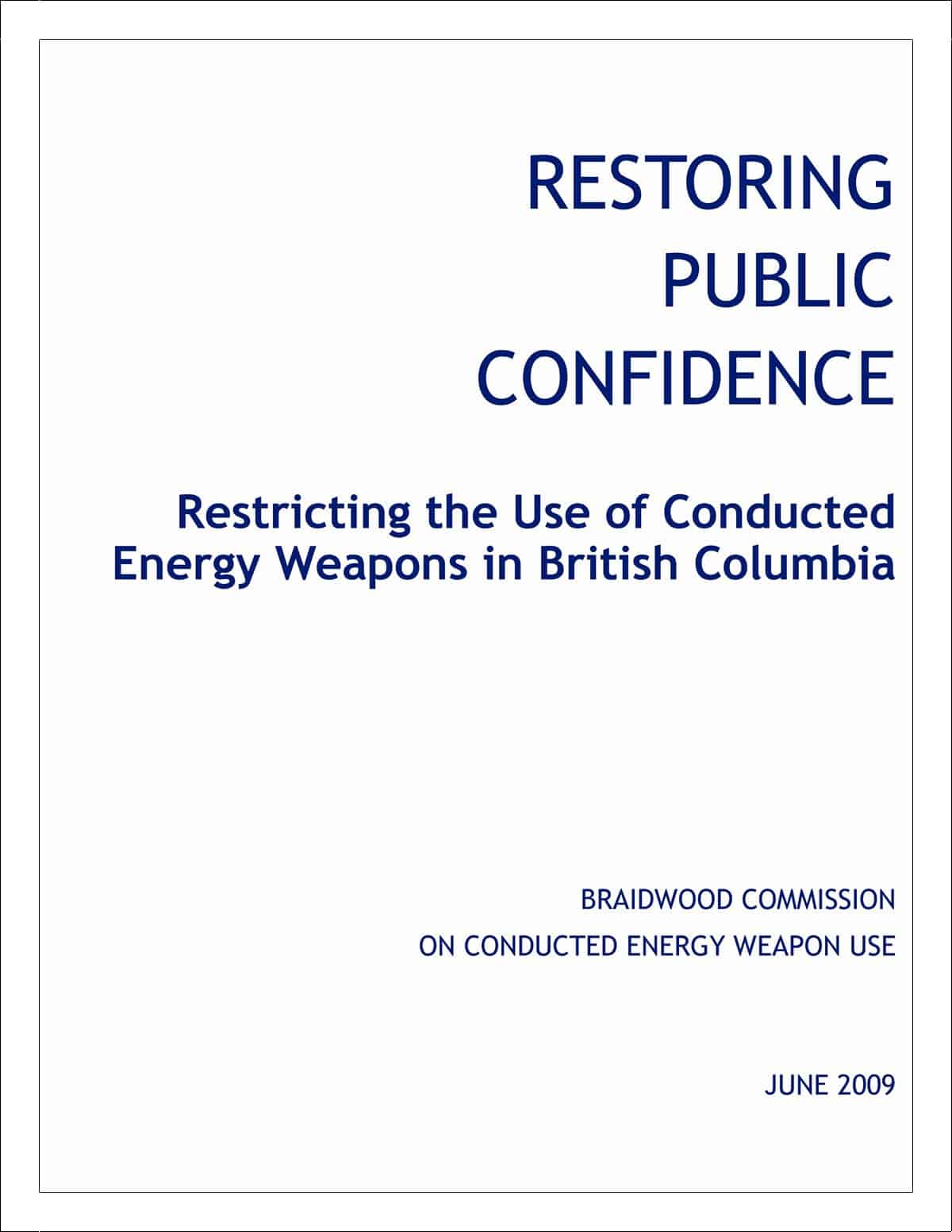Recently the Victorian Premier, John Brumby reshuffled his Cabinet and created a new portfolio the “Respect Agenda”. The Minister with responsibility for the portfolio is ex-footballer Justin Madden. Very little has been revealed about the agenda, which has been launched after a major international kerfuffle over serious racist attacks against Indian students. It is likely to be relevant that 2010 is an election year for Victoria.
It is useful to consider these political pledges in the light of the workplace-related suicide of Brodie Panlock in 2006. Continue reading ““Respect Agenda” – seriously?”





![HSS0075-Real -3.477447e+266state-Property 51804944nspection afety[1] HSS0075-Real -3.477447e+266state-Property 51804944nspection afety[1]](http://safetyatworkblog.files.wordpress.com/2009/05/hss0075-real-3-477447e266state-property-51804944nspection-afety1.jpg?w=212)